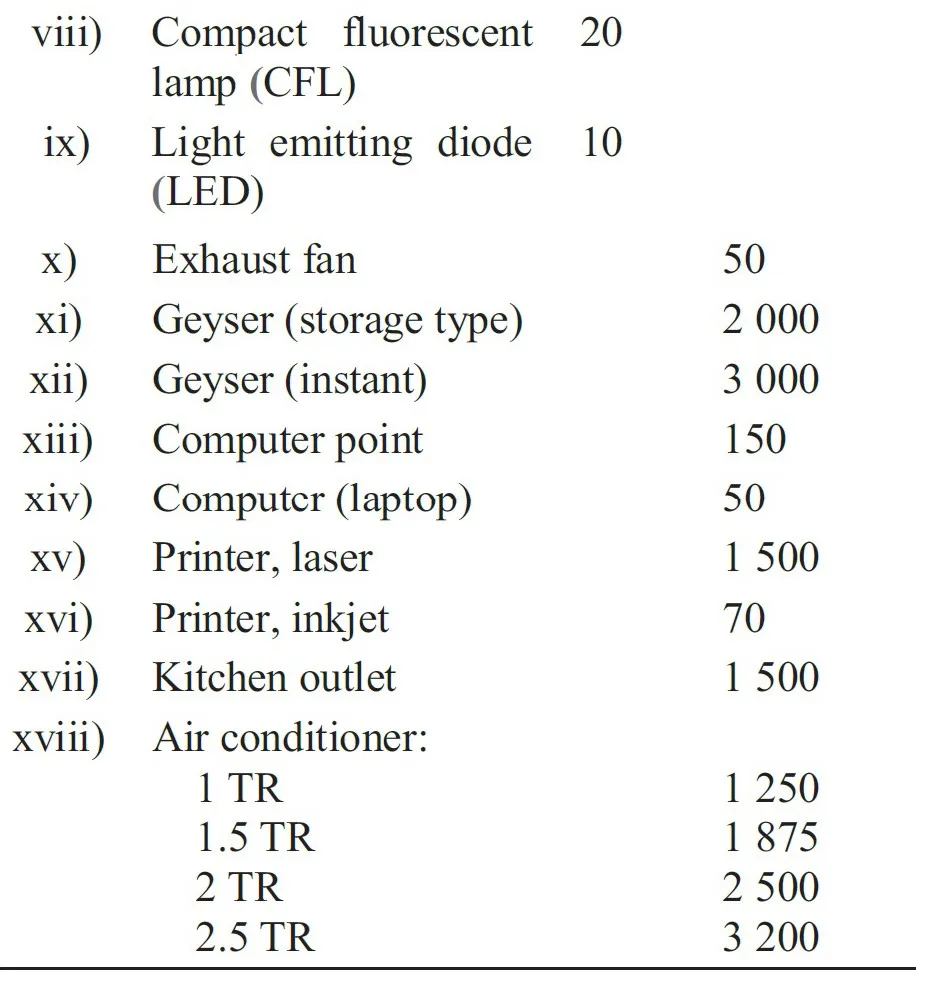If you want to know about the planning of electrical installation or placement of electric equipment in building or layout of substation in building, please click the link.
Wiring is the network of wires used in an electrical system, device, or circuit. Electricians should preserve the polarity of the wiring when they install outlets in new homes. The circuit breaker works as a protection whenever electrical wiring in a building has too much current flowing through it.
1) Provision for maximum load
- All conductors, switches and accessories shall be of such size as to be capable of carrying, without their respective ratings being exceeded, the maximum current which will normally flow through them.
2) Estimation of load requirements
- In estimating the current to be carried by any conductor the following ratings shall be taken, unless the actual values are known or specified for these elements:


- Electrical installation in a new building shall normally begin immediately on the commencement of the main structural building work and before finishing work such as plastering has begun except in the case of surface wiring which can be carried out after the plaster work.
- Usually, no installation work should start until the building is reasonably weatherproof, but where electric wiring is to be concealed within the structures as may be the case with a reinforced concrete building, the necessary conduits and ducts shall be positioned firmly by tying the conduit to the reinforcement before concreting. Care should be taken to avoid use of damaged conduit or ducts; the conduits end shall be given suitable anti-corrosive treatment and holes blocked off by putties or caps to protect conduits from getting blocked.
- All conduit openings and junction box openings, etc. shall be properly protected against entry of mortar, concrete, etc., during construction.
3) Selection of Size of Conductors
- The size of conductors of circuits shall be so selected that the drop in voltage from consumer’s terminals in a public supply (or from the busbars of the main switchboard controlling the various circuits in a private generation plant) to any point on the installation does not exceed three percent of the voltage at the consumer’s terminals (or at two busbars as these may be) when the conductors are carrying the maximum current under the normal conditions of service.
- The overall voltage drop from the transformer end to consumer’s final distribution board shall not exceed six percent.
- If the cable size is increased to reduce voltage drop in the circuit, the rating of the cable shall be sufficient to carry the current which the circuit is designed for.
- In each circuit or sub-circuit the fuse/ circuit-breaker shall be selected to match the current rating of the circuit to ensure the desired protection.
4) Branch Switches
- Where the supply is derived from a three-wire or four-wire source, and distribution is done on the two-wire system, all branch switches shall be placed in the outer or live conductor of the circuit and no single-phase switch or protective device shall be inserted in the middle wire, earth or earthed neutral conductor of the circuit. Single-pole switches (other than for multiple control) carrying not more than 16 A may be of tumbler type or flush type which shall be on when the handle or knob is down.
5) Layout and Installation Drawing
- The electrical layout should be drawn indicating properly the locations of all outlets, such as, lamps, fans, appliances (both fixed and movable) and motors and best suit for wiring.
- All runs of wiring and the exact positions of all points of switchboxes and other outlets shall be first marked on the plans of the building and approved by the Engineer-in-Charge or the owner before actual commencement of the work.
- Industrial layout drawings should indicate the relative civil and mechanical details.
6) Layout of Wiring
- The layout of wiring should be designed keeping in view disposition of the lighting system to meet the illumination levels.
- All wirings shall be done on the distribution system with main and branch distribution boards at convenient physical and electrical load centres.
- All types of wiring, whether concealed or unconcealed should be as near the ceiling as possible. In all types of wirings due consideration shall be given for neatness and good appearance.
- Balancing of circuits in three-wire or poly-phase installation shall be arranged beforehand.
- Proper balancing can be done only under actual load conditions. Conductors shall be so enclosed in earthed metal or incombustible insulating material that it is not possible to have ready access to them.
- Means of access shall be marked to indicate the voltage present.
- Where terminals or other fixed live parts between which a voltage exceeding 250 V exists are housed in separate enclosures or items of apparatus which, although separated are within reach of each other, a notice shall be placed in such a position that anyone gaining access to live parts is warned of the magnitude of the voltage that exists between them.
- Where loads are single phase, balancing should be for the peak load condition based on equipment usage.
- Facility for change should be built into the distribution design.